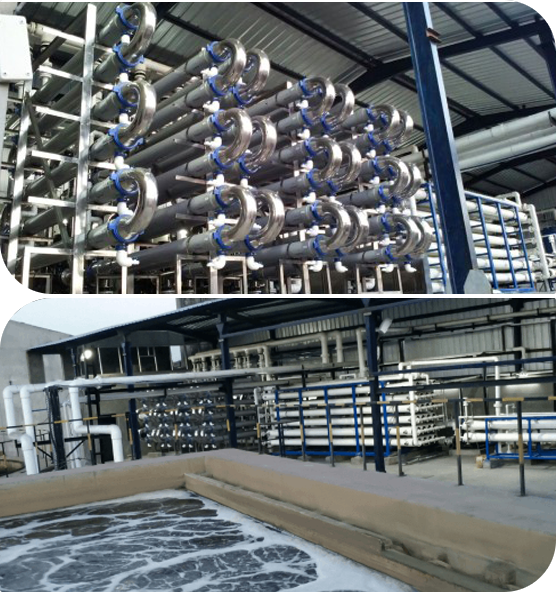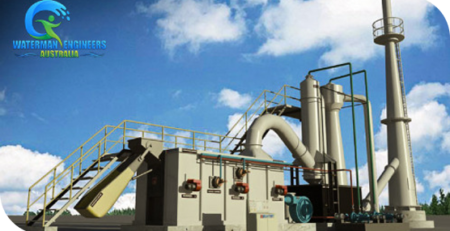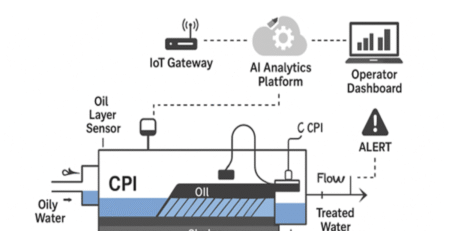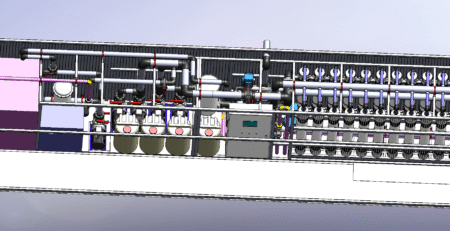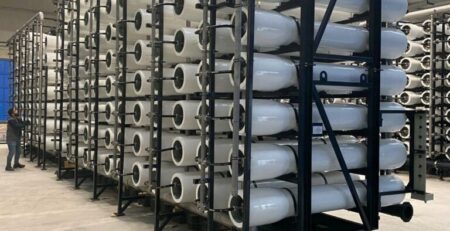Comparison of Zero Liquid Discharge Systems With Other Wastewater Treatment Technologies
Zero liquid discharge (ZLD) systems aim to completely eliminate all the liquid effluent from a plant. This reduces wastewater volume that needs further treatment, economically processes waste and produces a clean stream of water suitable for reuse.
While ZLD is becoming more common in some industries, it may not be the right solution for all plants. It is critical to perform a thorough cost analysis and evaluate its overall impact.
Cost
Zero Liquid Discharge Systems (ZLD) are an effective method to recycle water and recover valuable by-products from industrial wastewater. Moreover, they can be cost-effective compared to other treatment technologies as they require less energy and capital investments.
According to Research, the global market for Zero Liquid Discharge Systems is projected to grow at a rate of 12% per year through 2030. This is attributed to technological advances, rising water costs and regulations aimed at reducing surface water pollution.
As a result, many industrial plants and power generation companies are switching to Zero Liquid Discharge technology to reduce their water costs and environmental impact. ZLD systems can save up to 2-5 times the CAPEX of traditional wastewater treatment technologies and are highly efficient in removing high-quality water and salts.
The cost of the ZLD systems depends on various factors, including the water quality and flow rates. Generally, the thermal treatment section accounts for around 60-70% of the total equipment price. In addition, the system automation, shipping and regulatory fees are also important considerations when pricing a ZLD system.
Evaporation is the most common technology used in ZLD solutions because it can treat a broad range of waste streams and does a great job of concentrating waste. It also requires less labor than other techniques, resulting in lower overall costs.
In addition, evaporation can process a large variety of different water compositions, such as hard-to-treat and acidic waters. This means that ZLD can handle a wide range of industrial waste, from mining and flue gas desalination wastewater to sewage and industrial process effluents.
Using an evaporation process can also save considerable energy because it only needs heat to evaporate the water. In fact, a majority of the energy consumed by these processes can be achieved through waste heat.
Another advantage of evaporation is that it can be applied to wastewater from a variety of industrial processes and waste types, such as mine wastewater, flue gas desalination wastewater and oil field brines. In addition, a number of solids can be recovered and reused in industry as valuable by-products, such as lithium.
Efficiency
Zero Liquid Discharge (ZLD) systems are an increasingly common alternative to traditional wastewater discharge methods in many industries. ZLD processes reduce the volume of industrial waste water discharges and provide a means for solids to be reused or disposed, as well as recycle high quality water that can be beneficially used.
The most common ZLD systems are based on a sequence of thermal processes, typically involving membrane brine concentrators and crystallizers that use evaporation to generate and recycle pure water and solid dry product. While these technologies are the most common, other systems are emerging with promising technology combinations.
Regardless of the type of system used, water quality is a critical consideration for successful operation and long term sustainability. This requires a sound water chemistry design basis that minimizes the capital investment and system operating cost, while ensuring safe and reliable operation.
A thorough knowledge of the chemistry of the wastewater stream is essential for evaluating ZLD options. In addition, the ability to recycle valuable solids from the concentrated stream is an important feature that should not be overlooked.
As discussed in the previous sections, ZLD can dramatically increase the efficiency of waste disposal. This is because it eliminates the need for off-site disposal. It also decreases the volume of waste and lowers the costs of waste management.
Another advantage of ZLD is the reduced energy consumption compared to other treatment processes. This can be especially true of membrane based technologies.
Other technologies, such as electrodialysis (ED), can significantly increase the amount of electricity needed to process wastewater, which can increase CO2 emissions. In addition, ED may not be effective at high concentrations and may require the use of additional equipment.
Alternatively, a zero liquid discharge system can be designed to use less energy to concentrate the waste and achieve higher recoveries. This is a unique benefit of ZLD that can help reduce the carbon footprint of an inland facility.
Zero liquid discharge systems can be designed to meet the specific needs of an individual plant and reduce waste production. This is especially useful in industrial applications where water usage is critical to plant operations, such as the power industry and oil & gas, chemical, petrochemical and mining industries.
Recyclability
Zero Liquid Discharge (ZLD) systems recycle the waste water within the system to limit the amount of wastewater that is discharged into the environment. The dissolved solids and other pollutants that are present in the wastewater are recovered through various treatment processes, which can include physical and chemical treatment followed by biological treatment.
In many industries, including the power industry, oil & gas, petrochemicals, mining, and chemical manufacturing, industrial wastewater is generated that can impact the surrounding environment. For these reasons, it is imperative that the water be disposed of in a safe and environmentally responsible manner.
The most common type of ZLD process is a thermal-based system that uses a series of brine concentrators and crystallizers to evaporate the waste water. The condensed distillate is then collected for reuse or stored (in evaporation ponds) for further processing or salt recovery.
Although this system is a highly effective and sustainable method of reducing industrial wastewater, the energy consumption per cubic meter of treated effluent treated in the ZLD system can be very high. This can lead to significant operating costs and decreased efficiencies.
Other ZLD systems that pre-concentrate the waste water using membrane technologies or electrodialysis can be much more cost effective than a thermal-based system. This is because the membranes are able to filter out much of the impurities in the waste water, thus reducing the load on the thermal evaporators.
However, the membranes used in these systems must be able to stand up to the high organic load and total dissolved solids concentration that can be found in industrial wastewater. Moreover, they must be able to survive the pressure that can result from the high salt concentration.
Lastly, the membranes must be able to withstand biofouling and scaling problems that can occur in the ZLD system. These challenges can be overcome by choosing a membrane that has been designed specifically for these applications.
In many cases, ZLD is an option to consider when other wastewater treatment technologies do not offer the desired level of recoveries or costs are prohibitive. This is especially true in the power industry, where EPA has recently issued new effluent limits for toxic metals. The tighter standards are likely to motivate more power plants to adopt ZLD.
Environmental Impact
Industrial facilities such as oil & gas, chemical, petrochemical, power, and mining industries generate a large volume of waste water that must be treated. These wastewaters are usually discharged via plant outfalls to surface water bodies, evaporation ponds, or in some cases deep well injected. These discharges can have an adverse impact on surrounding water bodies.
Zero Liquid Discharge Systems aim to remove all liquid discharge from a system and recover clean water that is suitable for reuse in various industrial processes. These systems are growing in popularity worldwide as a result of stringent government regulations regarding the discharge of wastewater.
A key element of ZLD technology is the use of a concentration process that concentrates dissolved salts into crystallized salts and water that can be harvested for reuse or sale. This is achieved through an evaporation process that can utilize membrane or multiple-effect evaporation technologies, as well as crystallizers and spray dryers.
While a concentration process can help eliminate the need for disposal of sludge, it is not always cost effective in small to medium-sized facilities. For these operations, practical reuse and recycling methods may be more cost effective and have less environmental impact.
In addition to reducing the need for disposal of sludge, ZLD technology helps reduce energy consumption by not allowing the plant to operate at its maximum capacity and by utilizing a more efficient reject management system. Developing an effective method to quantify energy consumption in these facilities is essential to developing realistic performance and cost projections.
Another important feature of ZLD technology is the abatement of refractory organics in the brine. These materials are difficult to coagulate and adsorb, so oxidation processes are often used in conjunction with other treatment steps. Advanced oxidation processes (AOPs) use strong oxidants such as hydrogen peroxide to degrade refractory organics and other chemicals in the waste stream.
The environmental impact of ZLD is dependent on the type of industrial plant or facility it is applied to, as well as the composition and volume of the waste water being processed. This can vary by country, as can the cost of the equipment needed to treat the waste stream.

